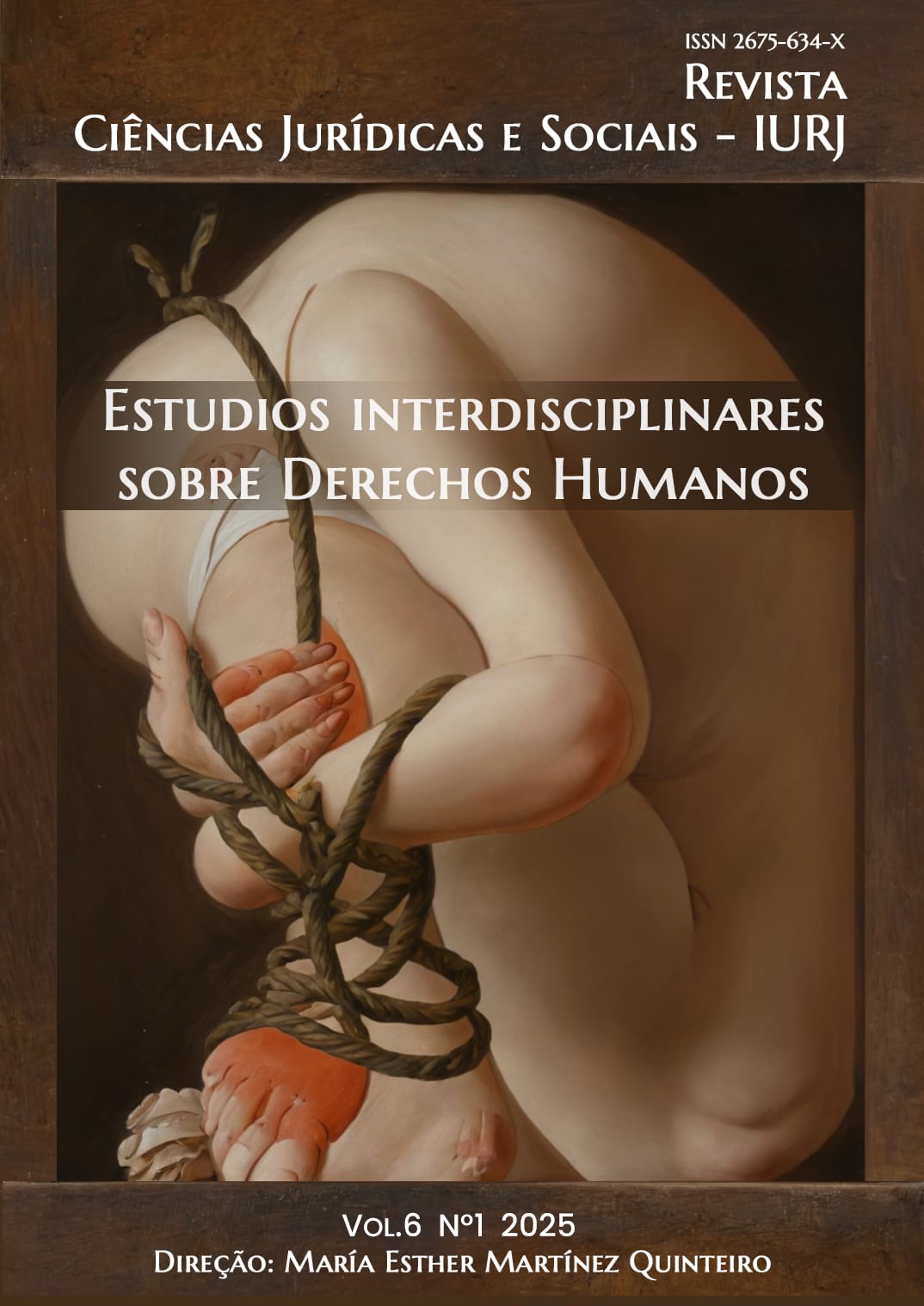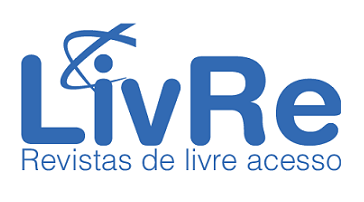PLAYING AS AN IDENTITY ELEMENT OF HUMAN RIGHTS AND CHILDREN'S RIGHTS
A STUDY WITH QUILOMBO CHILDREN FROM PAU FURADO IN SALVATERRA, PA
DOI:
https://doi.org/10.47595/cjsiurj.v6i1.176Keywords:
Brincadeiras; Crianças; Quilombolas.Abstract
This post-doctoral research, which was carried out in 2024, is a field study case study with a qualitative approach. It took place in the Quilombo de Pau Furado, located on Marajó Island, Salvaterra, Pará, Brazil. The research question is: How does children's play occur as an element of inclusion in the defense of human rights, which specifically in this research delimits the study with quilombola children who study in the initial grades of elementary school in the Quilombo Pau Furado, Marajó Island, Salvaterra, Pará, Brazil? The specific objectives are highlighted: To characterize the games that make interlocutions with the ancestry of Pau Furado and to analyze the games of quilombola children, expressed in drawings made by them. In the methodology, the instruments applied during data collection were: open interviews and a workshop. The participants were: 2 teachers; 3 residents and 11 school-age children in the initial grades of elementary school in Basic Education. Ethical aspects considered: preservation of the anonymity of the participants and prior authorization from the guardians of the children who participated in the research. The results indicate that children's play as an element of inclusion in the defense of human rights is a process that dialogues and converges with this research carried out in Quilombo de Pau Furado, Marajó Island, Pará, Brazil, admitting a quilombola environment of validation and consolidation, in which children manifest attitudes, learning, invention, trust, affections, conflicts in a scenario of ancestral memories, through a curriculum reinterpreted for new paradigms of quilombola identity.
References
ASSIS, D. C. M. de.; Moreira, L. V. de C.; Fornasier, R. C. (2021). Teoria Bioecológica de Bronfenbrenner: a influência dos processos proximais no desenvolvimento social das crianças. Pesquisa, Sociedade e Desenvolvimento, [S. l.], v. 10, n. 10, p. e582101019263. DOI: 10.33448/rsd-v10i10.19263. Disponível em: https://rsdjournal.org/index.php/rsd/article/view/19263. Acesso em: 11 set. 2024. DOI: https://doi.org/10.33448/rsd-v10i10.19263
BERTOLDO, J. V; Ruschel, M. A. de M. (s/d). Laboratório de Brinquedos e Jogos – Coordenador Prof Marcos Teodorico, J.; Revisão Conceitual, E. B.-. U. Uma Revisão Conceitual.
COELHO, W. de N. B. (2006). A cor ausente: um estudo sobre a presença do negro na formação de professores - Pará, 1970-1989. Belo Horizonte: Mazza Edições; Belém: Editora UNAMA.
CARVALHO, O. de. (2011). De Pequenino se torce o destino – O valor da Intervenção Precoce. Porto: Legis Editora.
DECLARAÇÃO UNIVERSAL DOS DIREITOS HUMANOS, 1948. Disponível em: <https://www.unicef.org/brazil/declaracao-universal-dos-direitos-humanos>. Acesso em: 12 dez. 2024.
DECLARAÇÃO UNIVERSAL DOS DIREITOS DA CRIANÇA, 1959. Disponível em: declaracao-dos-direitos-da-crianca-1959.pdf. acesso em: 26 jan. 2025.
FLORES, Z. G. de M. (2007). A Criança em Walter Benjamin e Florestan Fernandes. ANPED. GT: Educação de Crianças de 0 a 6 anos/ n.07. Caxambu (MG).
FREIRE, P. (1987). Pedagogia do Oprimido. 17º ed. Rio de Janeiro, Paz e Terra.
GRACIA. C. B. S. (2018). Juegos infantiles populares tradicionales cubanos. artículo original. pp. 128-151. RNPS: 2222. ISSN: 2075-6038. núm. 24. julio-diciembre.
LIMA, E. A. de; Ribeiro, A. E. M.; Valiengo, (2012). A. Criança, infância e teoria histórico-cultural: convite à reflexão. Teoria e Prática da Educação, v. 15, n. 1, p. 67-77, 7 set.
ROLIM, A. A. M. Guerra, S. S. F. Tassigny, M. M. (2008). Uma leitura de Vygotsky sobre o brincar na aprendizagem e no. Revista De Humanidades, Fortaleza, v. 23, n. 2, p. 176-180, jul./dez. DOI: https://doi.org/10.5020/23180714.2008.440
NAÇÕES UNIDAS. (2013). Convenção Sobre os Direitos das Crianças. Comité dos Direitos da Criança. Comentário Geral N.º 17.
OLIVEIRA, I. A. de. (2004). Saberes, imaginários e representações na educação especial: a problemática ética da “diferença” e da exclusão social. Petrópolis, RJ: Vozes.
ORGANIZAÇÃO DAS NAÇÕES UNIDAS (ONU). Os objetivos de desenvolvimento sustentável: dos ODM aos ODS. Disponível em: http://www.pnud.org.br/ODS.aspx. Acesso em: 12 dez. 2024.
SANTOS, J. D. dos; Molina, A. A. (2019). Infância e História: a criança na Modernidade e na Contemporaneidade. Revista Travessias. Cascavel, v. 13, n. 1, jan./abr. Cascavel, Universidade Estadual do Oeste do Paraná.
Downloads
Published
Issue
Section
Categories
License
Copyright (c) 2025 Revista de Ciências Jurídicas e Sociais - IURJ

This work is licensed under a Creative Commons Attribution 4.0 International License.







